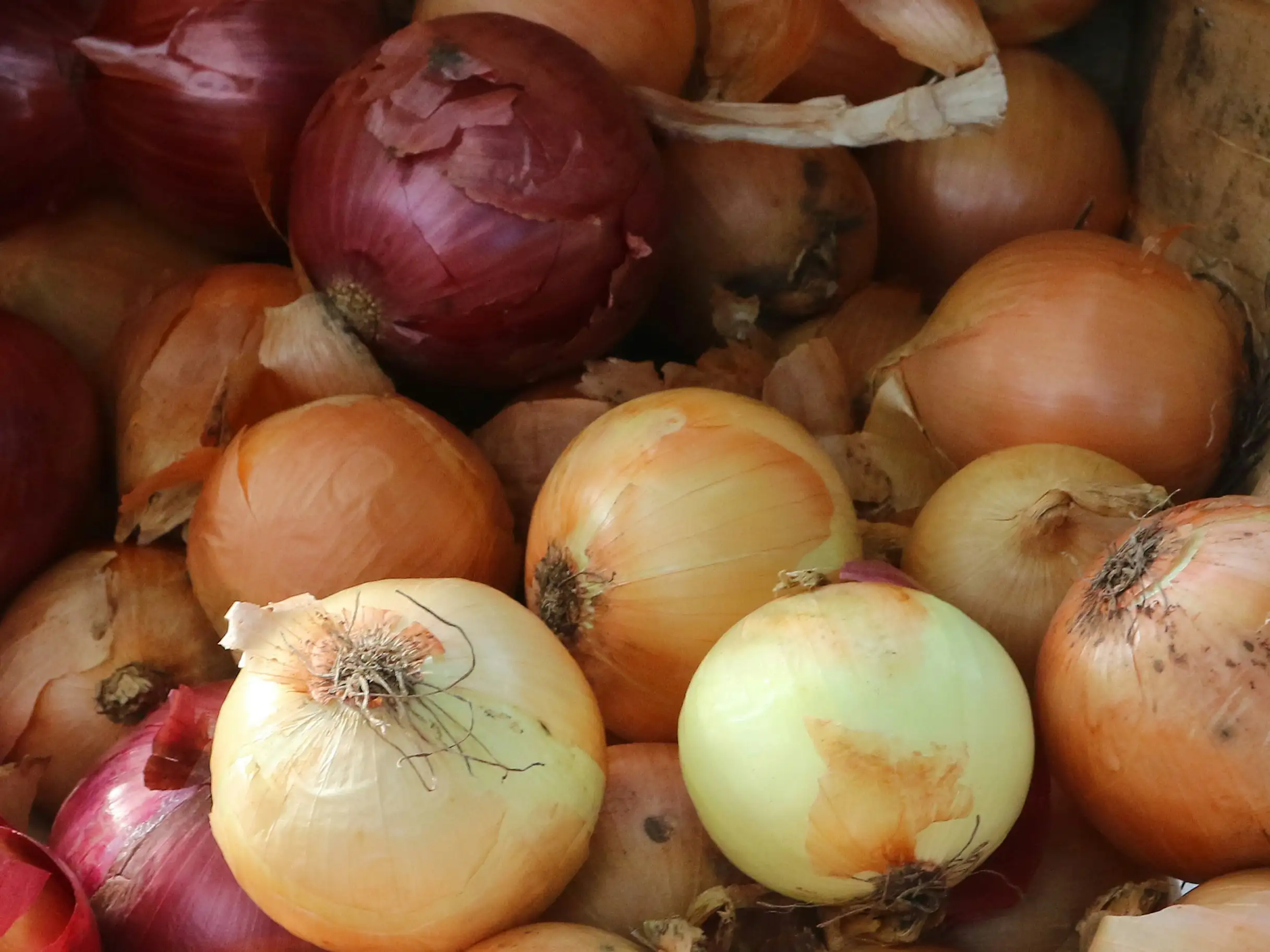DAHLIAS
Dahlias are a confirmed garden favourite providing colour and interest for many months from late spring to early winter. You can plant dahlias in groups, at random in the flower and shrub border, and many grow extremely well in pots. Dahlias are perfect for picking, for flower arrangements, bridal bouquets, centre pieces on tables, or even as a single flower in a vase.
At a glance;
Planting time Late winter and spring for summer flowering.
Position Full sun
Soil conditions Any well drained garden soil
Planting depth 5-10cm deep at the crown.

The unassuming bulbs that these flamboyant flowers grow from, are planted late winter when dormant and by spring have lush new leaves and buds ready to bloom. Dahlias are perennial (grow back year after year) so plant them where they will be at home in your garden.
Prepare for planting in winter
Dahlias love sun so choose a spot where they will get at least five hours of sunlight per day, and with well-drained soil. Avoid areas prone to water logging, as the tubers are susceptible to rot in overly wet conditions. If your soil is heavy or poor draining, amend it with ican Premium Compost and coarse sand to improve drainage. Prior to planting, enrich the soil with a generous application of ican Real Blood & Bone.
New dahlia shoots are frost tender so if your garden is prone to frost, delay planting to a warmer time or provide protection with frost cloth.
Buy the best
By the end of July, new dahlia bulbs (actually tubers) will have arrived in store. Buy them as soon as they arrive for the best choice of varieties—there is a wide selection of heights, shapes and dazzling colours to choose from. Look for firm, plump tubers free from signs of mould or damage.
How many you need depends on where you are planting them—for a border it’s likely you’ll want more than a few packs to create a display.
How to plant
Plant the tubers with the crown (where the new shoots grow from) pointing up and 5-10cm below the soil surface. Allow 30cm or more between each plant depending on their size. Larger varieties will need support so put stakes or wire hoops in now so you can avoid damaging the tubers. Water thoroughly after planting to settle the soil and encourage root growth.
Feeding
Use a specially blended bulb food for the best results. Feed with ican Bulb Food when the shoots are above ground, and regularly during flowering, to guarantee plenty of blooms through the season.
Watering
Dahlias will need additional water during their growing season to ensure vigorous healthy plants and a colourful display.
Mulching
Dahlias benefit from a layer of straw to keep the soil cool and moist, and smother weeds. Apply a layer of straw approximately 5 to 8cm thick soon after planting.
After care
Cutting flowers for display is best done in the morning, with a bucket of water on hand to pop the cut stems directly into. Unlike a lot of flowers, dahlias don't continue opening after they have been cut so choose blooms that are fully open.
Deadheading (removing spent flowers) is an easy job for a summer evening. It encourages further flowering and stops the plant wasting energy on seed production. Your plants will look tidier too.
At the end of autumn, allow the foliage to yellow and wither naturally which replenishes the plant’s energy for the following year. Refrain from cutting the leaves until they have completely died back.
How to look after your dahlias through winter depends on where you live and how free-draining your soil is. The tubers will rot if too wet or are frozen, so if necessary dig the plant up at the first sign of frost, cut off old stems, then clean, dry and store them in a cool airy place, ready for replanting in spring. In milder regions, a thick layer of mulch (pine needles, straw, bark or leaf matter) over the dahlia bed will protect the tubers from freezing.
Large clumps of established dahlias can be divided when lifted—just be sure to keep part of the crown attached to the tubers as this is the growing point for the new plant.
Pests and diseases
New dahlia shoots are delicious to slugs and snails so at the first sign of growth, sprinkle snail bait around your plants.
Aphids and mites can be pests on dahlias. Spray with Mavrik. Earwigs are a beneficial insect, eating other insects, but occasionally they chew holes in the flower petals. If necessary in severe cases, spray with Mavrik.
TOP TIP
Increase the blooms on your plants with a little snipping.
1. Remove all but the five strongest shoots sprouting from the crown. This will encourage a strong vigorous bush with masses of blooms.
2. Pinch out the tops of the new shoots after the second set of leaves has grown. The shoots will form four flowering stalks instead of one so you will have a huge display of blooms for weeks on end.
For more information on growing dahlias and bulbs, collect your free copy of the icanBloom brochure Bulbs to Blooms at your ican retailer or read and download the brochure at icangarden.co.nz.




